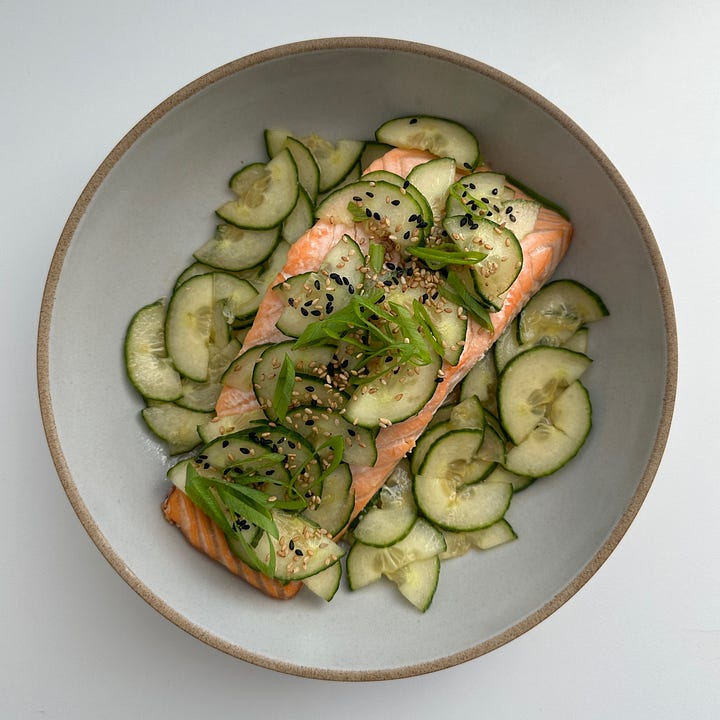
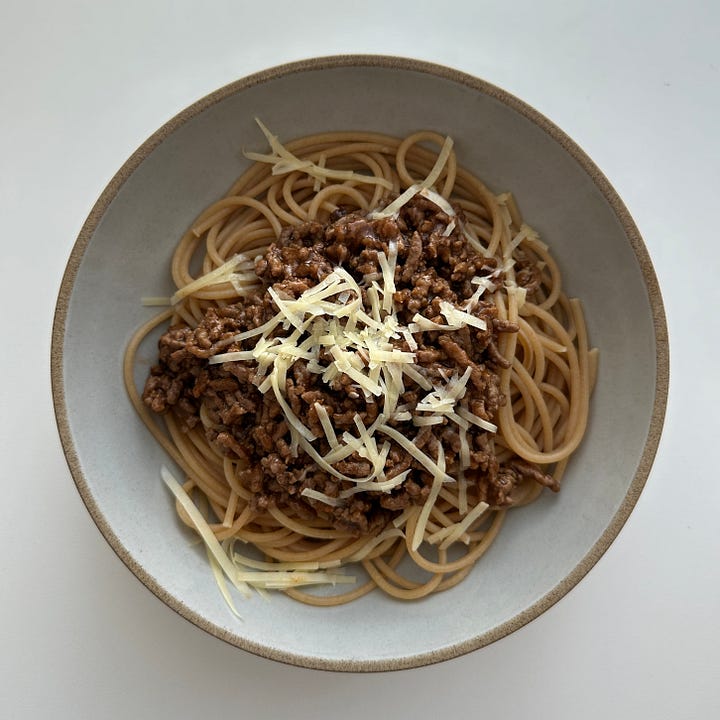
In her book talk with Hetty Lui McKinnon, she spoke about the influx of Asian women writing Asian cookbooks (Hetty Lui Mckinnon, Betty Liu, Kristina Cho, Christine Wong, Clarice Lam, Shu Han Lee…to name a few). In the very recent past, Asian and Chinese cookbooks were primarily written by Caucasians with an historical/research lens. Chinese food is not a monolith. It is diverse and complex, best narrated and shared by a human, lived experience (as opposed to subjects of a study). Now, we are so lucky as to consume recipes that reflect those lived experiences. Further, Chinese food is so similar yet different to Chinese American food, and this book highlights those nuances through Kristina’s Midwestern upbringing, her family’s owned and operated Chinese restaurant, the bountiful produce of the Bay Area and her love for Chinese food.
The book also touches on the theme of confidence and acceptance of identity, one which is extremely relatable to my own experience as a first generation Canadian Cantonese person. In her talk with Hetty Lui Mckinnon, Kristina recounted her first visit to Hong Kong as a young adult that she thought would be a homecoming of sorts, later to discover that the city, people, language, and the culture were familiar but not at all like “home”.
All this to say that it brings me great joy to share cookbooks written by Asian women sharing their stories and taking up space in food.
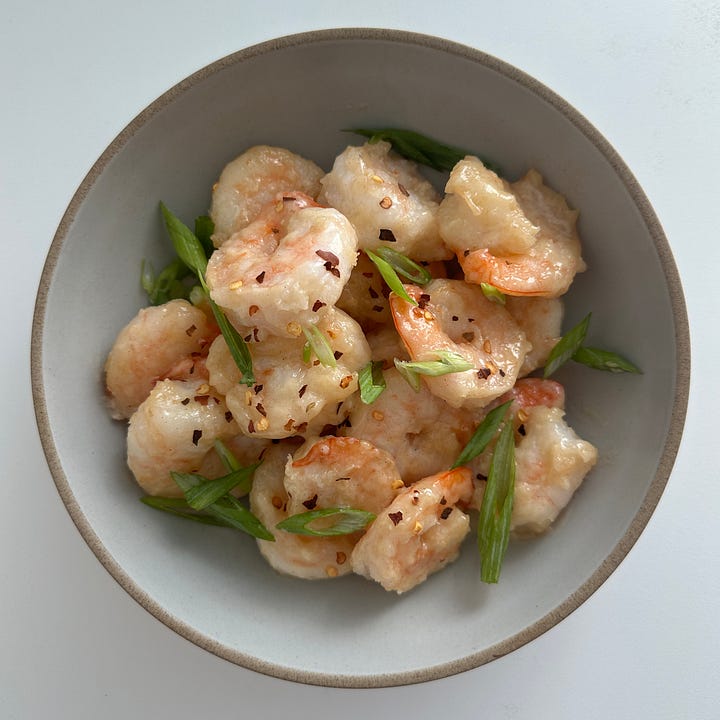
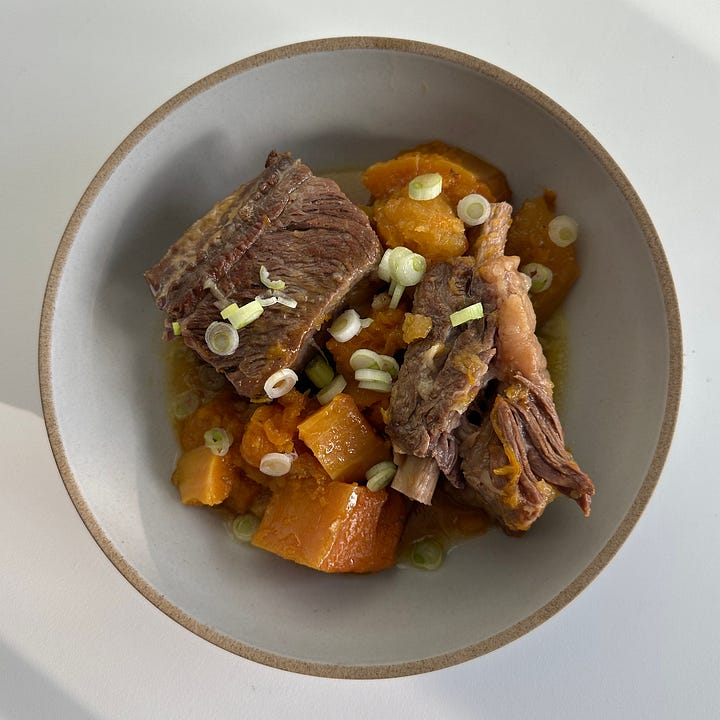
About the Book
The book is sectioned into 8 chapters:
Best with Rice - Kristina’s trusty standby meals to execute Monday through Thursday (Friday to Sunday are reserved for something special!).
You’ll Always Have Noodles - no homemade noodles, this chapter features pre-made noodles you can find at a local Asian grocery store.
Know Your Vegetables - an entire chapter dedicated to vegetable sides, with some that might be new-to-you (maybe wood ear mushrooms, kohlrabi, etc) and others that are more familiar (squash, brussels sprouts, cauliflower).
Take It Outside - recipes made to be eaten outside. Inspired by California living and Midwestern summers.
Banquet-Worthy - special meals and celebrations around a big table.
It Takes a Village - foods to cook with friends. Think wontons, joong (sticky rice dumplings), and more.
More Than Sides - foundational recipes to complement the rest of the book including soups, rices, and sauces.
I Love You, Here’s Some Fruit - cut fruit is a love language, so this chapter is dedicated to desserts with fruit.
Some recipes are foundational in nature (or as during her book tour talk with Hetty Lui McKinnon she referred to them as “preservation-style” recipes) that document her parents’ and grandparents’ dishes but with measurements (for example…Tomato Egg, Toisan-style Fun See, Steamed Pork Cake, etc.). Other recipes are innovative adaptations on a Chinese dish (see Smashed Ranch Cucumbers, Blueberry and Black Sesame Tang Yuan, etc.).
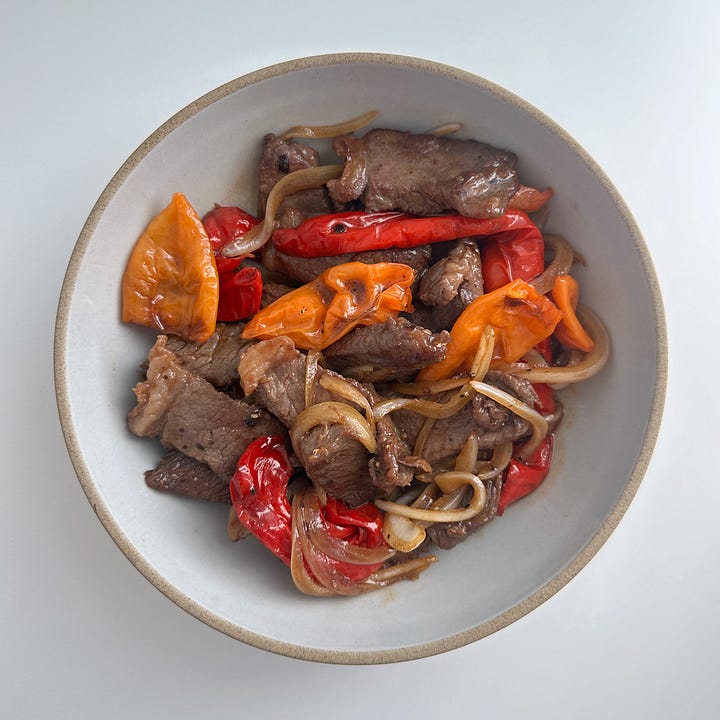
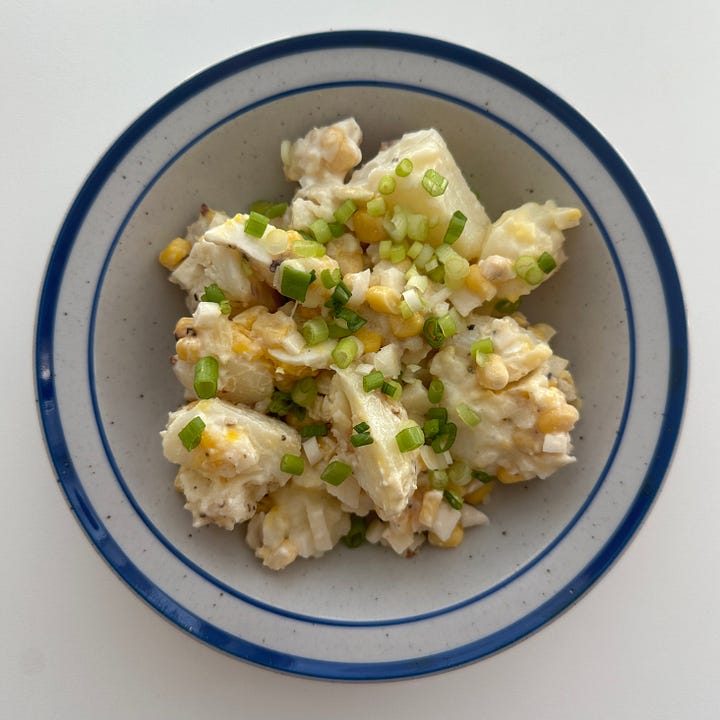
How I “Test” a Book
As a reminder, this is how I review a cookbook. First, I do an initial read of the introduction, then flip through the recipes back to front. Then, I take a pad of sticky notes and use the visuals to tag recipes I’m interested in cooking or baking. What stands out to me are two ends of a spectrum, (1) recipes that I already have most of the ingredients for (2) recipes with ingredients that I’ve never cooked with and require a trip to a specialty grocery store (a fun excursion!). Finally, I read the full selected recipes and cook. My goal is to make at least 10 recipes and hit each chapter or section of the book if I’m feeling ambitious.



